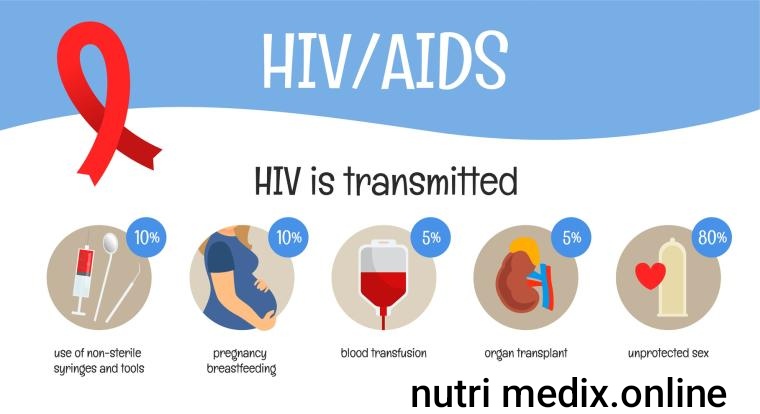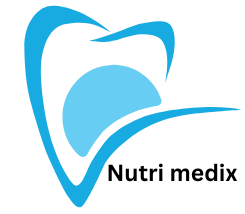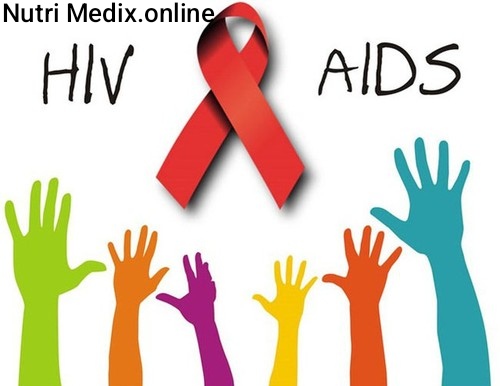Understanding HIV and AIDS its symptoms causes its prevention, Statistics treatment methods its worldwide statistics
What is HIV and AIDS?
HIV is a virus that attacks the immune system, specifically targeting CD4 cells, which are important for defending the body against infections. If left untreated, HIV can progress into AIDS, the most advanced stage of HIV. However, not everyone with HIV will develop AIDS, especially if they receive treatment.
Key points about HIV and AIDS:
- HIV destroys CD4 cells, and when their count drops below 200 cells per cubic millimeter, a person is diagnosed with AIDS.
- AIDS can also be diagnosed if a person with HIV develops certain rare infections or cancers that are uncommon in people without HIV.
- Opportunistic infections like certain types of pneumonia or brain infections often occur in people with weakened immune systems due to AIDS.

Without treatment, HIV can develop into AIDS within 10 years, and once AIDS is diagnosed, life expectancy without treatment is around three years. However, modern antiretroviral therapy (ART) can prevent HIV from progressing to AIDS and help people live long, healthy lives.
Causes of AIDS
- HIV is the virus that leads to AIDS.
- You can get HIV through unprotected sex, sharing needles, or from an infected mother during childbirth or breastfeeding.
- Blood transfusions can spread HIV, but this is now rare because blood is screened.
- HIV weakens the immune system by attacking important cells that help fight infections.
- If HIV isn’t treated, it can eventually turn into AIDS, where the body can’t fight off diseases.
- https://nutrimedix.online/breast-cancer-signs-and-treatments/
Symptoms of HIV:
- Early symptoms (within a month of infection) might feel like the flu, with fever, chills, sore throat, swollen lymph nodes, and rashes.
- After this early stage, many people enter the chronic stage, which can last years or decades with treatment. Symptoms during this stage might be mild or nonexistent, but HIV can still be transmitted to others.
- As the disease progresses, AIDS symptoms appear, such as extreme fatigue, weight loss, chronic infections, and skin issues.
How HIV is transmitted:
HIV spreads through bodily fluids like blood, semen, vaginal fluids, rectal fluids, and breast milk. The most common ways people contract HIV are through unprotected sex or sharing needles. It does not spread through casual contact like hugging, kissing, or sharing food.
HIV Treatment:
Treatment should start as soon as possible after diagnosis. Antiretroviral therapy (ART) is the primary treatment for HIV, and it helps keep the virus in check by reducing the viral load (the amount of virus in the blood) to undetectable levels. While this doesn’t mean the virus is cured, it prevents further damage to the immune system and reduces the risk of transmission.
People taking ART may experience side effects such as nausea or headaches, but serious side effects are rare and medications can be adjusted if necessary.
HIV and AIDS
HIV is a manageable condition with modern treatment, and with early detection and consistent therapy, most people with HIV live long, healthy lives without ever developing AIDS.
HIV (Human Immunodeficiency Virus) and AIDS (Acquired Immunodeficiency Syndrome) are related, but they are not the same. HIV is a virus that weakens the immune system by destroying CD4 cells, which are vital to the body’s ability to fight infections. A person can have HIV without developing AIDS, but AIDS is the most severe stage of HIV infection.
HIV progresses through three stages:
- Acute Stage: This happens a few weeks after transmission.
- Chronic Stage (Clinical Latency): HIV remains active but reproduces at low levels. This stage can last for years, especially with treatment.
- AIDS: The immune system becomes severely weakened as the CD4 count drops below 200, leading to increased risk of infections and certain cancers.
Without treatment, HIV can progress to AIDS within about 10 years, but with antiretroviral therapy (ART), a person can manage the virus indefinitely. ART can also raise the CD4 count, potentially reversing the AIDS diagnosis. However, there is no cure for this, though people can live a near-normal lifespan with early treatment.
To diagnose HIV, several tests:
- Antibody/Antigen Tests: These detect both antibodies (proteins the body makes to fight the virus) and antigens (parts of the virus itself). Results are typically reliable within 18–45 days after infection.
- Antibody Tests: These check only for antibodies, which appear in the body 23–90 days after infection. These tests can be done with a blood sample or a mouth swab, and results can be quick, sometimes within 30 minutes. Some versions are available for home use.
In summary, HIV causes AIDS, but with treatment, a person can manage HIV for life without ever developing AIDS.

Statistics
In 2019, about 38 million people in the world were living with HIV. Of those, 1.8 million were children below the age of 15 years.
At the end of 2019, 25.4 million people living with HIV were using antiretroviral therapy.
Since the pandemic began, 75.7 million people have contracted HIV, and AIDS-related complications have claimed 32.7 million lives.
Conclusion
HIV/AIDS is still a serious health issue, but with early testing and proper treatment, people can live long, healthy lives. Medication like antiretroviral therapy (ART) helps manage the virus and prevents it from spreading. Preventing HIV requires awareness, regular testing, and access to healthcare. While we’ve made progress, it’s important to keep pushing for more education, support, and research to eventually stop HIV/AIDS altogether.

